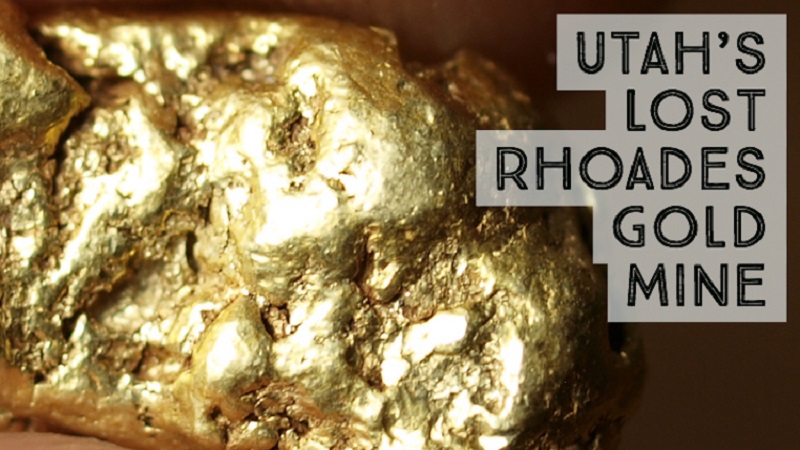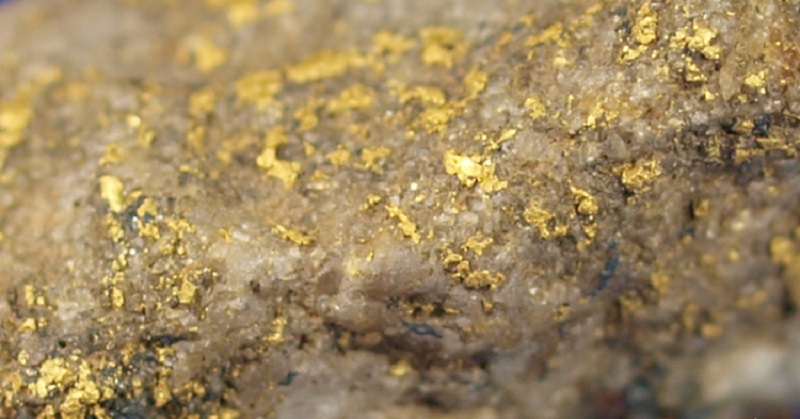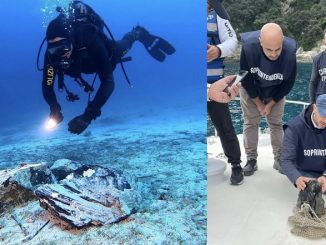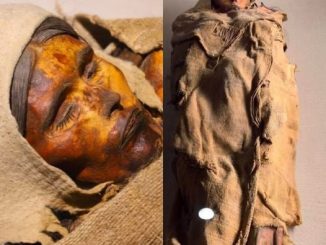Like any lost treasure story, there are many different stories. One must note that the writer’s intention is often to distort the truth in order to excite the reader. There is considerable disagreement about the fate of the Rhoades Mine. We’ll look at some of those accounts.
The story of the Rhoades Mine begins when Thomas Rhoades led a group of Mormon Settlers, as he was one of the loyalists who converted to Mormonism around 1834. He led the settlers to the northern part of California and settled near Fort Sutter along the Consumnes River. Eventually, Rhoades is said to have begun working with John Augustus Sutter, who later became his close friend. John Augustus is very famous for the gold discovered at his milling site in California.
Other reports about the Rhoades Mine relate it to the time of the Ute Indian Chief’s baptism and joining the Church led by Brigham Young. The chief named Wakara then offered to show Brigham a piece of land with gold in his territory, all he needed to do was choose a representative who would go inspect the land with the chief. And Rhoades was said to be trustworthy to accompany the chief.
Because of the Ute Chief’s involvement in the story of the Rhoades Mine, beliefs surrounding the mine stipulate that it was located in the Uinta Mountains or the Ute Indian Reservation in the vicinity of Ouray. Others have even linked the mine to the legend of the Spanish and legendary Aztec gold mines.
On the other hand, there are reports allegedly made by someone unknown in May 1896 in the Salt Lake Tribune, who claimed to have had a personal meeting with Rhoades.
According to reports, it is believed that by the time he arrived in Utah, Rhoades had some gold dust worth about $50,000 with him from California. A few years later, Rhoades is believed to have discovered some stones in the Uinta Mountains, which bore some resemblance to stones he had seen and mined for gold from California.
Agriculture is better than gold
Later, when he returned to Salt Lake City, where the LDS Church was located, he shared the story of his gold discovery with a Church leader named Brigham Young, who is said to have advised him The story of the discovery of gold at Mount Uinta should not be disclosed to avoid it. there were many who ran to or even disturbed the agricultural interests with which the Mormon Pioneers were concerned.
Reports also revealed that Rhoades never again expressed interest in the gold he had discovered. He is not recorded as having claimed any gold discovery or mining. Therefore, according to the reporter, the Rhoades mine is not considered a mine but just a place to refine gold, then a few years later it turned into a gold mine.
Speculation continues to grow
Late in 1879, an October 11 article was published in the Salt Lake Herald with the headline “The Rich Land of the Utes.” It is revealed in the article that the Rhoades Mine was found on the Uintah reservation. And many stories have been told of Rhoades leaving home with a pack animal in the spring and carrying thousands of dollars worth of gold. But the stories surrounding Rhoades’ mining life are said to have been kept a family secret.
On February 6, 1902, another article was published in the Eastern Utah Advocate newspaper claiming that everything said about the Rhoades Mine in connection with gold mining was a myth. Instead, the mine only contained copper found by cowboys and shepherds who explored the area.
Other newspapers such as the Wasatch Wave ran a story that an old settler recounted that Rhoades only took gold from California in the early days and brought it to Utah, where he hid it in the hills. And he only visits his secret treasure about once a year to get gold from it. As a result, people thought the man was mining from the mountains.
Again a few years later, in the late 1950s, the discovery of the Rhodes Mine made news headlines in the Uinta Basin Standard newspaper of July 10, 1958, which reported that the Bullock Mining Company finally found the long-lost Rhoades Mine. But it turned out to be fake as there were no further reports of actual mineral recovery at the alleged site.




